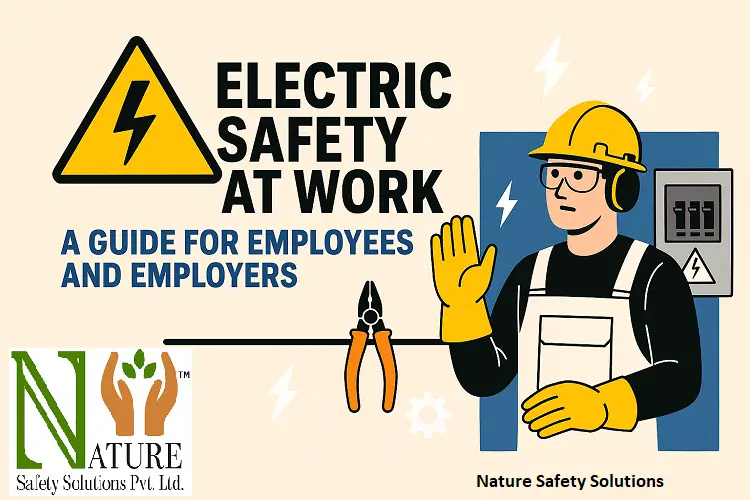Electricity is essential to modern workplaces, powering everything from lights to heavy machinery. However, without proper precautions, it can be dangerous or even deadly.
Electrical accidents at work can result in burns, electric shocks, fires, and fatal injuries. Both employers and employees play a vital role in maintaining a safe environment.

Employers are responsible for ensuring that electrical systems and equipment are properly installed and maintained. Regular inspections should be conducted to detect worn-out wires, damaged outlets, or faulty machinery.
Employers must also provide safety training, personal protective equipment (PPE), and enforce lockout/tagout procedures during maintenance tasks. Ground Fault Circuit Interrupters (GFCIs) should be used in high-risk areas to prevent shocks.
Employees must follow all safety procedures and report hazards immediately. They should never use damaged cords or operate equipment with wet hands.
Overloading power outlets or bypassing safety switches is extremely risky and must be avoided. Workers should also stay informed through regular safety briefings and participate actively in training sessions.
In case of emergencies, all staff should know where the main power shutoff is located and how to respond to electrical accidents. Quick action—such as cutting off power and performing CPR—can save lives.
Complying with regulations, such as those from the Occupational Safety and Health Administration (OSHA), is not just a legal obligation but a commitment to workplace well-being.
Electrical safety is a shared responsibility. Through awareness, proper equipment, and training, most workplace electrical hazards can be eliminated. By making safety a daily habit, employers and employees together can protect lives and prevent serious accidents.
Also read:-

Pingback: Top 10 Safety Hazards in the Workplace and How to Avoid Them -
Pingback: Silent Strain: Understanding and Preventing Ergonomic Injuries at Work -